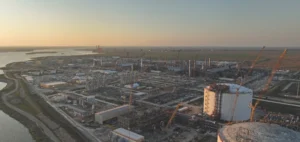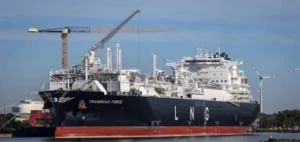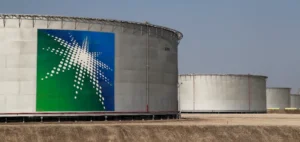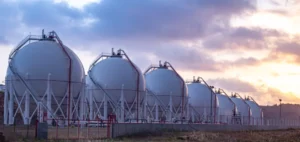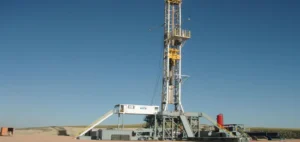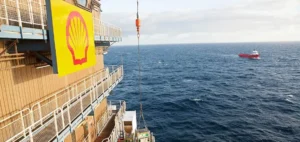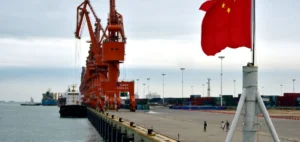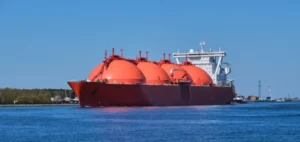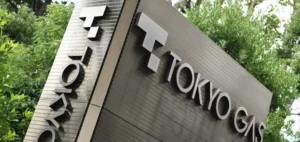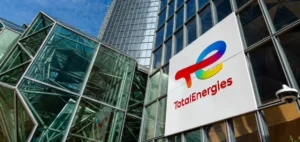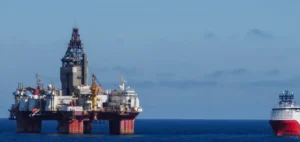Subsea 7 S.A. announced on April 29 the award of an engineering, procurement, construction and installation (EPCI) contract by British company bp to Subsea Integration Alliance for the development of the offshore Ginger field located off the coast of Trinidad and Tobago. The contract is described as “substantial”, valued between $150mn and $300mn according to Subsea7’s internal classification.
The Ginger project is one of the first tangible applications of the new global framework agreement signed between bp, SLB OneSubsea and Subsea7. This agreement aims to improve project execution through greater transparency and early involvement of industrial partners, with the objective of reducing lead times and increasing overall profitability.
A strategic project for the region
The Ginger development is located in the southeast of Trinidad at a water depth of up to 90 metres. Subsea7 will supply and install subsea infrastructure, including a flexible production flowline and a diver-installed tie-in system. SLB OneSubsea, a subsidiary of SLB (formerly Schlumberger), will provide four standardised vertical subsea trees along with the associated tubing hangers.
The project will also implement the region’s first High-Integrity Pressure Protection System (HIPPS) manifold. This system is designed to enhance safety and improve operational performance, becoming a key component of the deployed infrastructure. Engineering activities will be carried out from Subsea7’s office in Houston, United States, with offshore operations scheduled for 2026.
A continued industrial partnership
Bp, Subsea7 and SLB OneSubsea have worked together for several decades across various offshore regions. This new contractual model is designed to better align economic incentives for all stakeholders across the lifecycle of projects. The contract structure allows for early responsibility allocation and tailored risk sharing appropriate to the complexity of EPCI operations.
Craig Broussard, Senior Vice President for Subsea7 in the Gulf of Mexico, stated that the project strengthens the group’s regional presence: “This major development will benefit from decades of ongoing collaboration with bp and SLB OneSubsea.” Olivier Blaringhem, Chief Executive Officer of Subsea Integration Alliance, added that the Ginger project “illustrates the potential of our global framework to create long-term value”.



